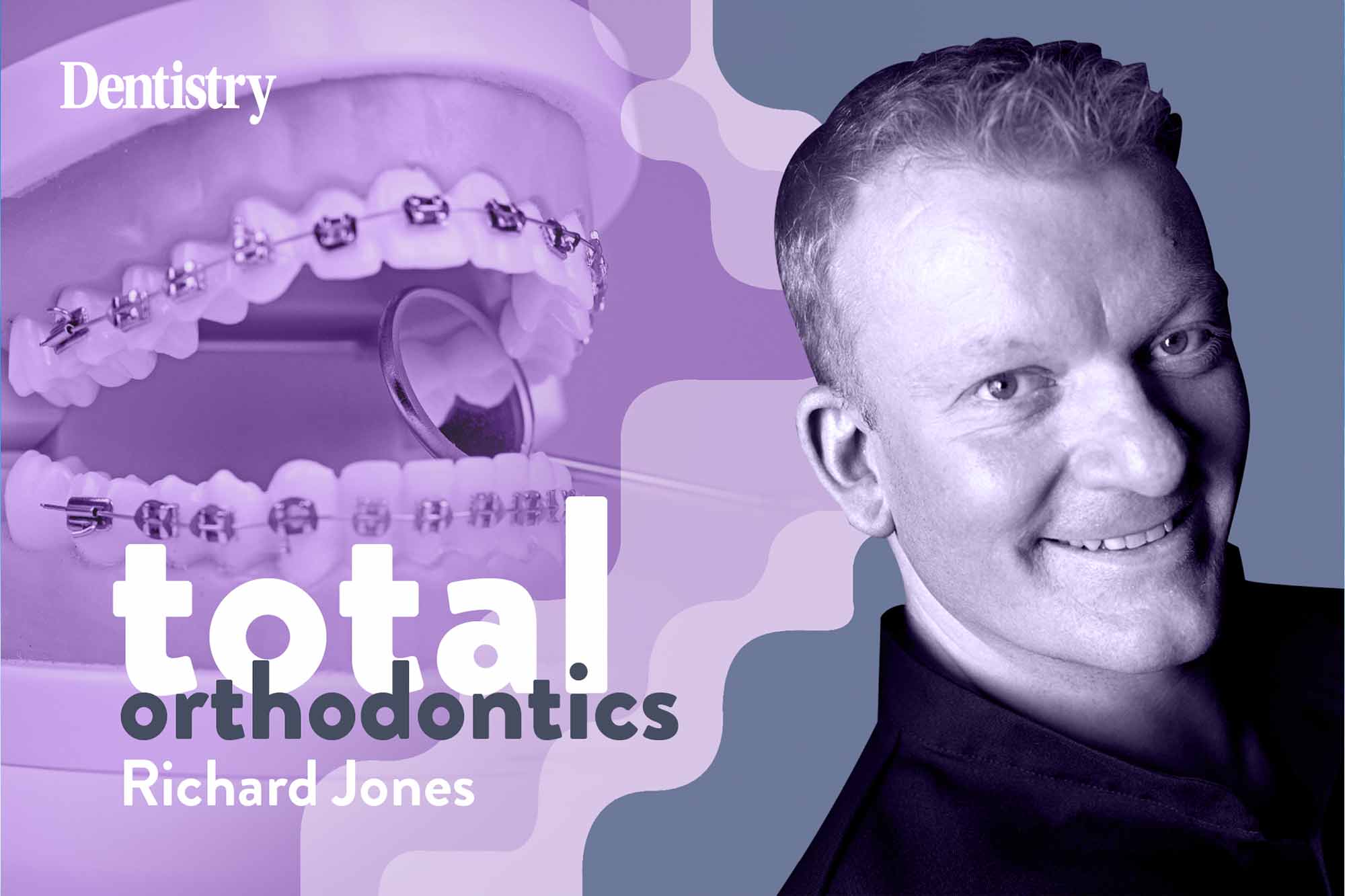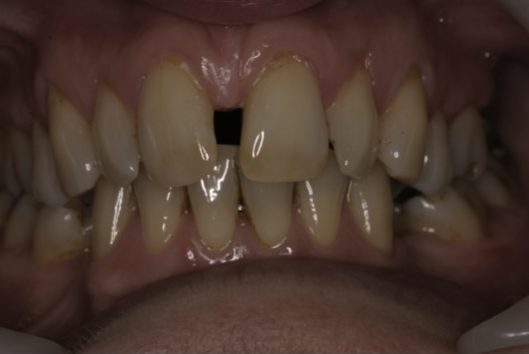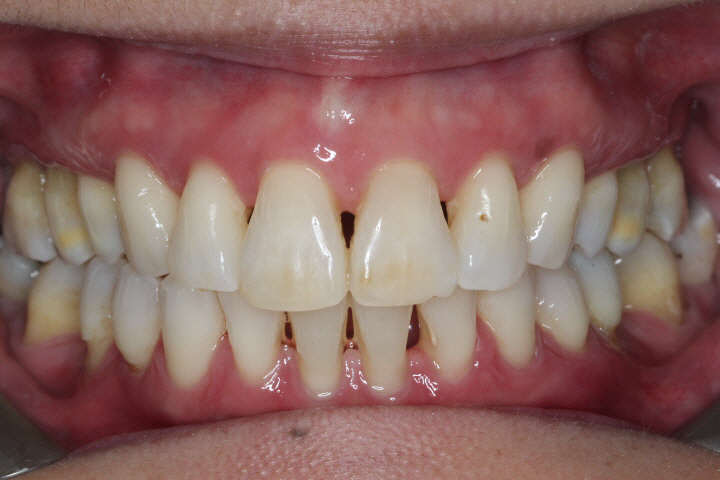
‘The curse of the black triangle cannot be ignored’: Richard Jones, a specialist orthodontist at Total Orthodontics, part of Bupa Dental Care, discusses ‘black triangles’ and how to reduce the risk of them.
For any orthodontic provider, the curse of the black triangle cannot be ignored.
Gingival Black Triangles (GBTs) are surprisingly common in association with orthodontic treatment and potentially present a significant problem if not managed appropriately (Figure 1).

A recent systematic review by Rashid et al in 2022 found that the incidence of GBT’s following orthodontic treatment ranged from 38% to 58%.
Research has also investigated patients’ perceptions of GBTs to ascertain how patients rank black triangles against other aesthetic problems.
GBTs are ranked third on the most minor list of aesthetic traits and were considered less aesthetic than crowding. Only anterior caries and unsightly crown margins ranked as worse.
With the high incidence and high aesthetic concerns about GBTs, as orthodontic providers we need to be mindful that we don’t inadvertently leave them with greater aesthetic problems by treating a patient.
Risk factors
A paper by Tarnow et al in 1992 identified that the key factor in the development of a papilla and, thus, the absence of a GBT was the distance between the inter-proximal contact point and the interproximal alveolar bone level.
At a distance of 5mm or less, the papilla was present in 98% of cases. This dropped to 56% at 6mm and 27% at 7mm, dropping by 50% for each mm increase.
A separate study identified that a lower level of interproximal bone occurred if the distance between the roots was greater than 3mm.
Other risk factors have also been identified by research, which includes an increased risk with age, tooth morphology (ie higher risk with triangular teeth) and pre-existing bone levels/previous periodontal issues.
Other studies suggest that risk increases with greater levels of crowding and that by aligning anterior teeth, there is a slight drop in the interproximal bone level as the roots move apart.
Reducing the risk
Fortunately, we can employ several strategies as part of our orthodontic treatment to reduce the risk of GBTs and manage patients’ expectations.
Firstly, ensuring that anterior teeth are properly uprighted with good root parallelism is important. Teeth that are tipped are likely to result in a higher contact point, greater distance between the roots and thus greater chance of a black triangle.



Secondly, careful and considered interproximal reduction (IPR) can lower the contact point and reduce the distance from the contact point to the interproximal bone to a figure at or below that ideal 5mm target, thus ensuring an aesthetic papilla. (Figures 2-4).
Finally, in some cases, particularly due to the morphology of the teeth, IPR alone will not suffice.
In such cases (Figures 5-7), interproximal bonding using a technique such as bioclear bonding, can improve the tooth form, and the contact point can be lowered, avoiding an unsightly black triangle.



Final thoughts
- Given the high incidence of GBTs and the aesthetic concerns they present, a discussion about them should form part of the informed consent process, particularly in high-risk patients such as adults
- Be aware of the risk factors such as age and tooth morphology and the magic target figure of no more than 5mm from the contact point to the alveolar bone level
- Ensure that anterior teeth are properly uprighted and plan considered IPR to help lower the contact point. Interproximal composite bonding may help in more severe cases.
Contact [email protected] for references.
Read previous Total Orthodontics columns:
- Body dysmorphia in dentistry
- Early interceptive treatment: when to refer
- Orthodontics to the rescue!
- Extracting poor prognosis first molars in mixed dentition
- What are fixed functional appliances?
Follow Dentistry.co.uk on Instagram to keep up with all the latest dental news and trends.


